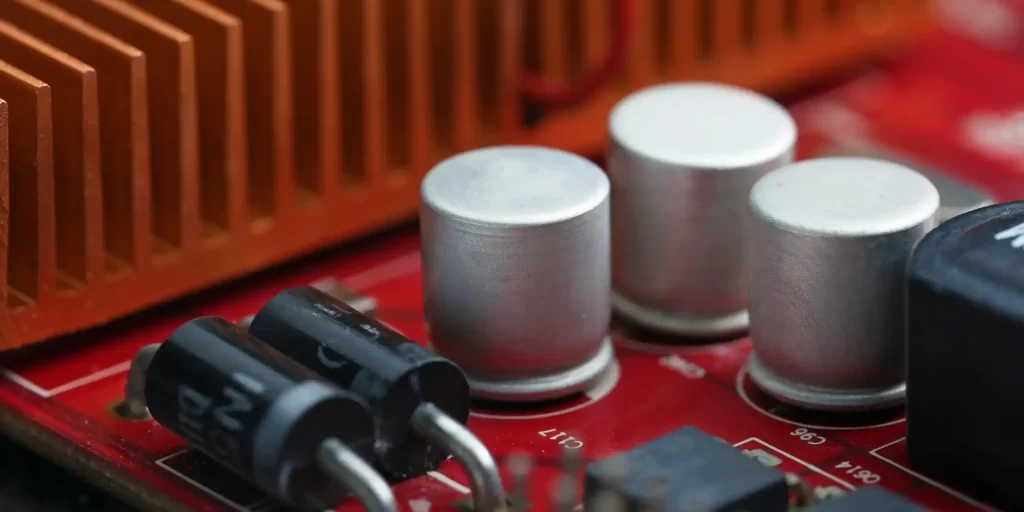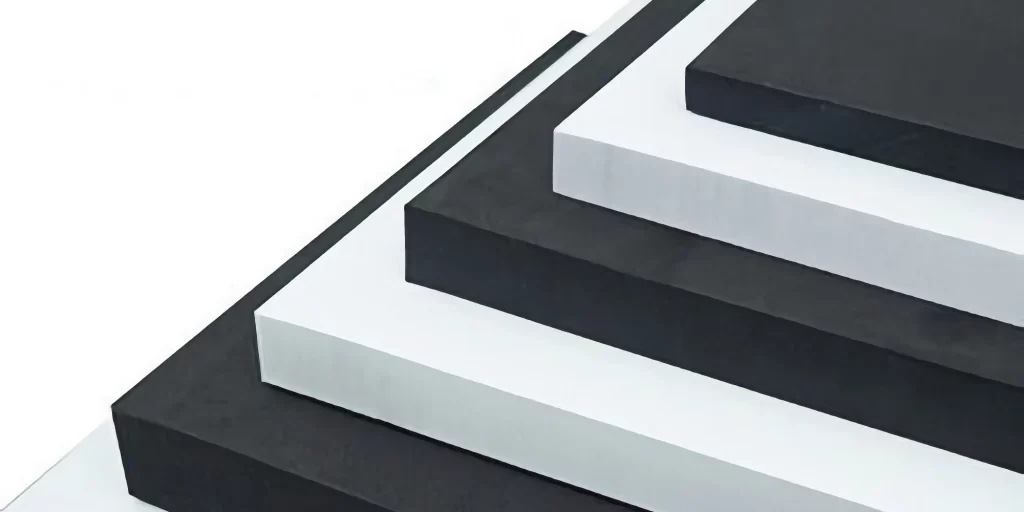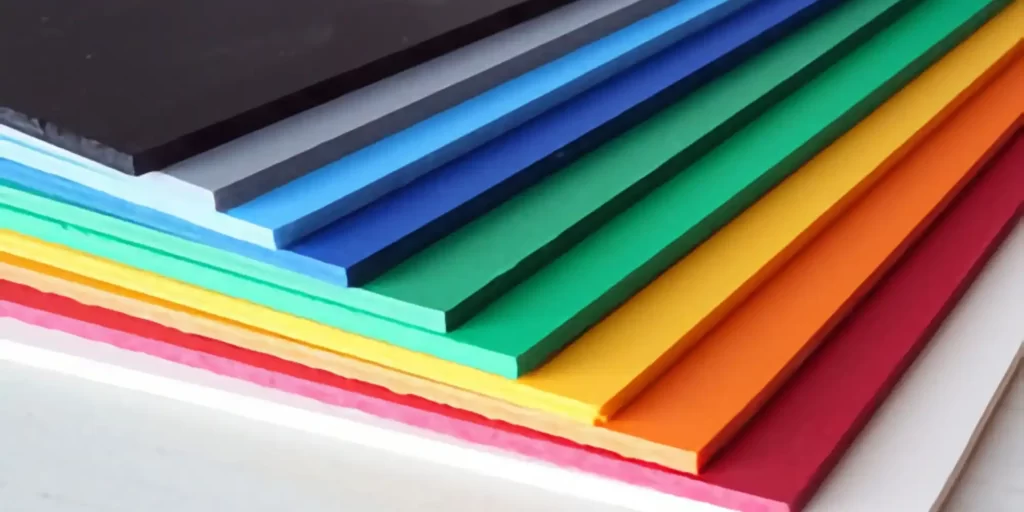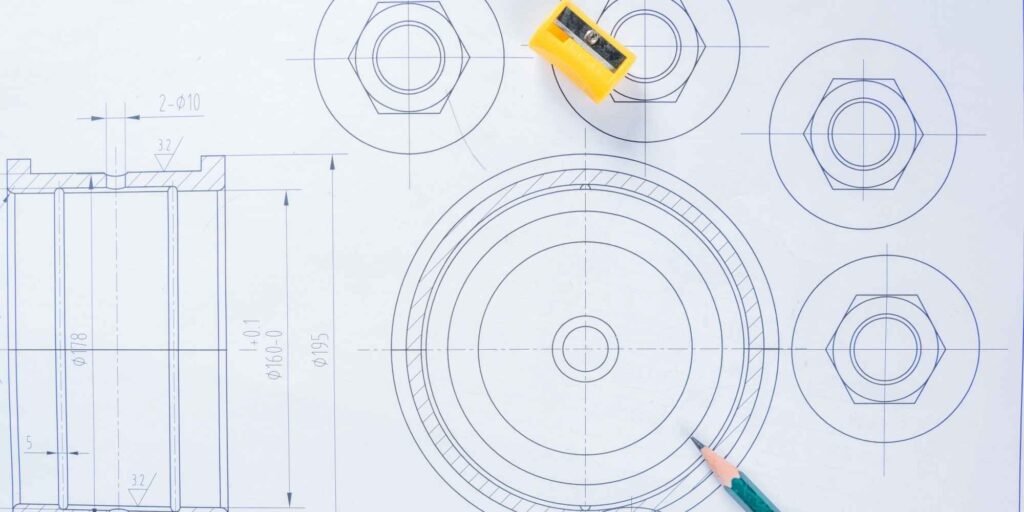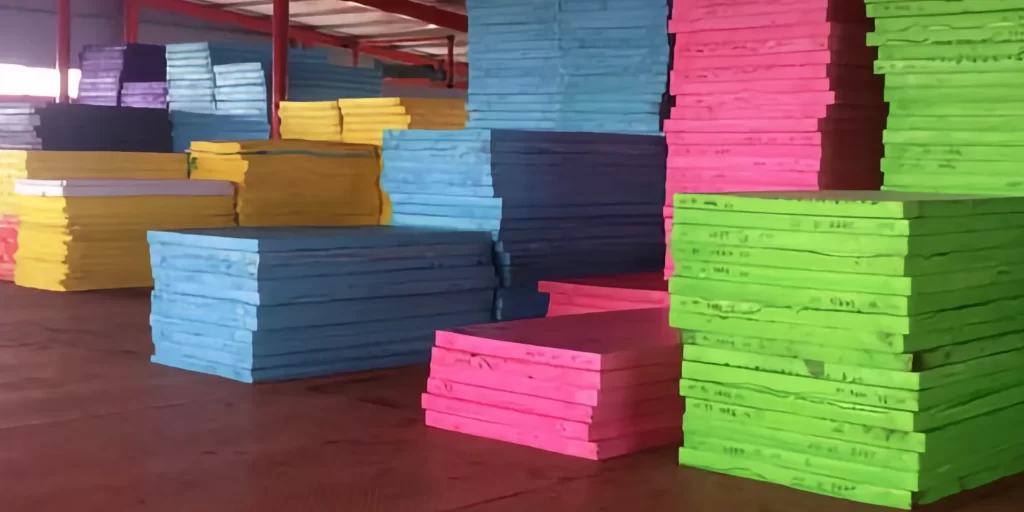In the fast-paced and ever-evolving landscape of manufacturing and assembly, securing components effectively is crucial for product reliability and longevity. Ethylene-Vinyl Acetate (EVA) foam has become a cornerstone in component mounting, thanks to its exceptional properties and versatility. This article will explore the pivotal role of EVA foam in component mounting products, its myriad of benefits, and provide answers to common questions surrounding its application.
The Significance of EVA Foam in Component Mounting
EVA foam is a polymer known for its rubber-like softness and flexibility, yet it possesses the strength and resilience required for demanding applications. Its application in component mounting is widespread due to several key characteristics:
1. Vibration Dampening:
EVA foam excels in absorbing vibrations, making it ideal for mounting delicate electronics or machinery that may be sensitive to mechanical shocks.
2. Impact Resistance:
The foam’s ability to withstand and distribute impact protects mounted components from damage during use or in transit.
3. Thermal Insulation:
EVA foam provides excellent thermal insulation, which can be critical for components that generate heat or are used in temperature-sensitive environments.
4. Customizability:
With the ability to be cut to any shape and size, EVA foam can be tailored to the specific contours and requirements of any component, ensuring a perfect fit.
5. Chemical Resistance:
EVA foam is resistant to various chemicals, oils, and fuels, making it suitable for use in harsh environments where other materials might degrade.
Applications of EVA Foam in Component Mounting
Electronic Devices:
EVA foam is widely used in the electronics industry to mount components such as circuit boards, displays, and batteries, providing cushioning and protection from mechanical and thermal stress.
Automotive Industry:
In vehicles, EVA foam serves as a mounting material for components that require both vibration dampening and resistance to temperature fluctuations, such as dashboards and engine control units.
Medical Equipment:
For sensitive medical devices, EVA foam ensures that components are securely mounted while also contributing to the equipment’s overall shock absorbency.
Industrial Machinery:
EVA foam pads and mounts are used to secure components in heavy machinery, where they mitigate the effects of vibration and help maintain the alignment of moving parts.
Consumer Products:
From household appliances to power tools, EVA foam is used to mount various components, providing stability and noise reduction.
Customization and Environmental Considerations
EVA foam’s adaptability extends to its density and hardness, which can be modified according to the needs of the application. Additionally, as environmental concerns become more pressing, EVA foam’s status as a recyclable material makes it a more sustainable option for component mounting.
FAQs About EVA Foam in Component Mounting
Q: How does EVA foam compare to other mounting materials?
A: EVA foam often provides superior vibration dampening and impact resistance compared to traditional mounting materials like rubber or plastic.
Q: Is EVA foam suitable for outdoor component mounting?
A: Yes, due to its UV and water resistance, EVA foam is suitable for outdoor applications.
Q: Can EVA foam be used in high-temperature applications?
A: EVA foam can withstand a range of temperatures, but it’s important to check the specific temperature ratings from the manufacturer, as extreme heat may alter its properties.
Q: How does EVA foam contribute to the longevity of mounted components?
A: By reducing the stress on components caused by vibration and impact, EVA foam can significantly extend the life of the components.
Q: Is EVA foam mounting easy to install?
A: Yes, EVA foam is easy to cut and shape, which simplifies the installation process. Adhesive-backed EVA foam is also available for easy application.
In conclusion, EVA foam’s role in component mounting cannot be overstated. Its combination of cushioning, durability, and resistance to environmental factors makes it an indispensable material in various industries. From securing delicate electronics to ensuring the stability of industrial machinery, EVA foam provides manufacturers with a reliable mounting solution that stands the test of time.
As technology advances and the demand for high-performance mounting solutions grows, EVA foam is poised to remain a key player in the assembly and manufacturing sectors. Its ability to be customized for specific applications ensures that it will continue to meet the needs of an increasingly sophisticated and environmentally conscious market.
